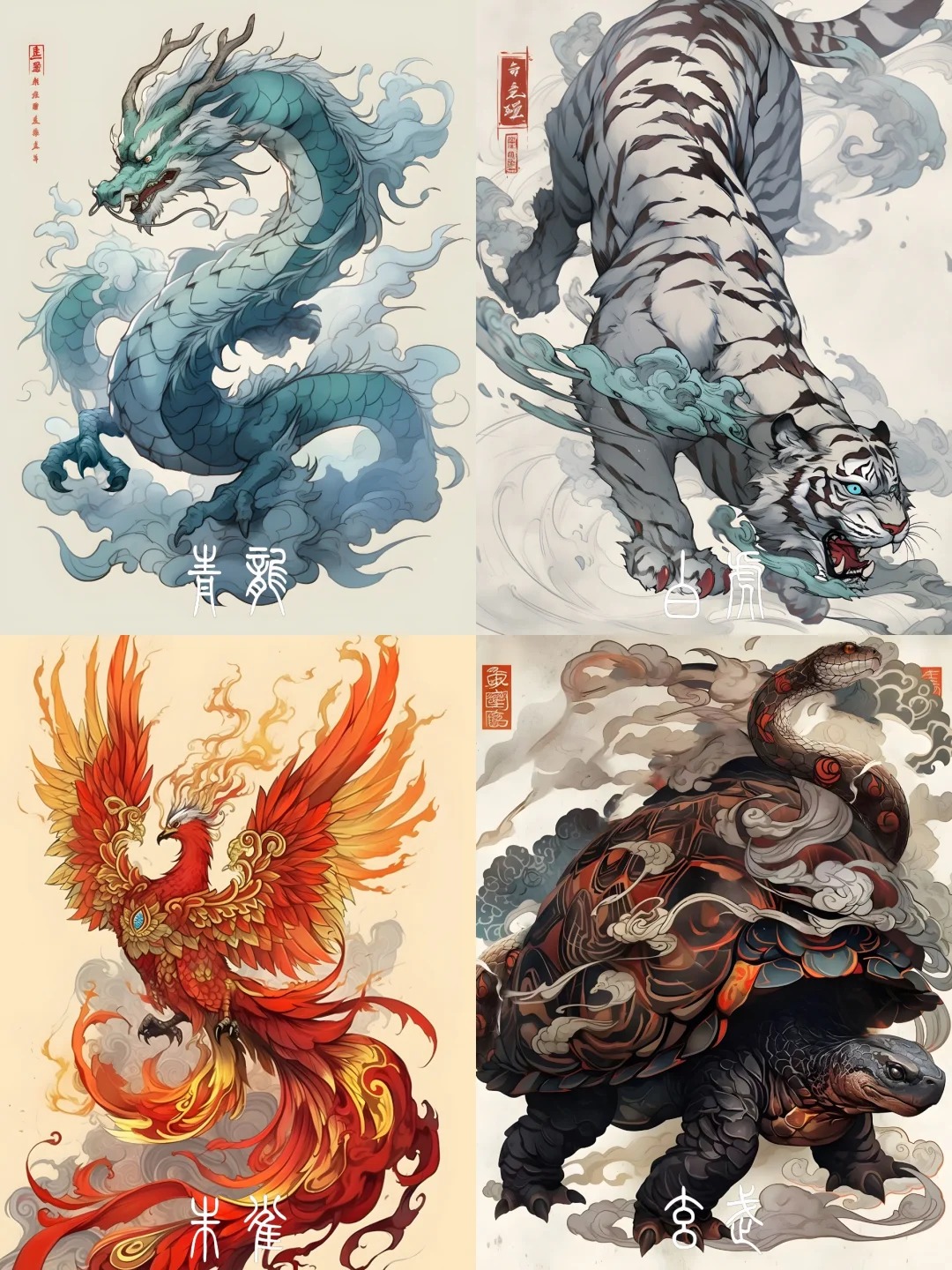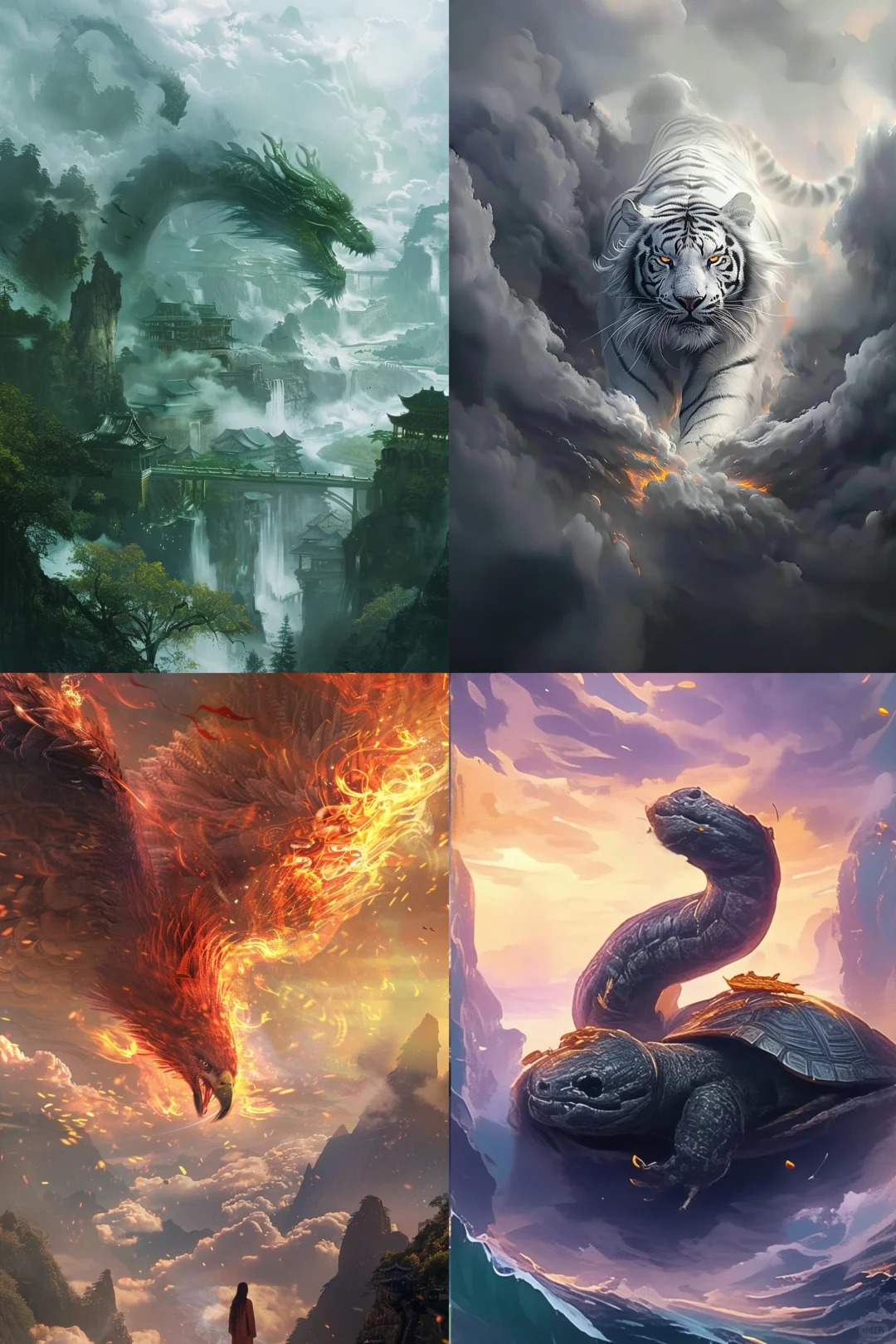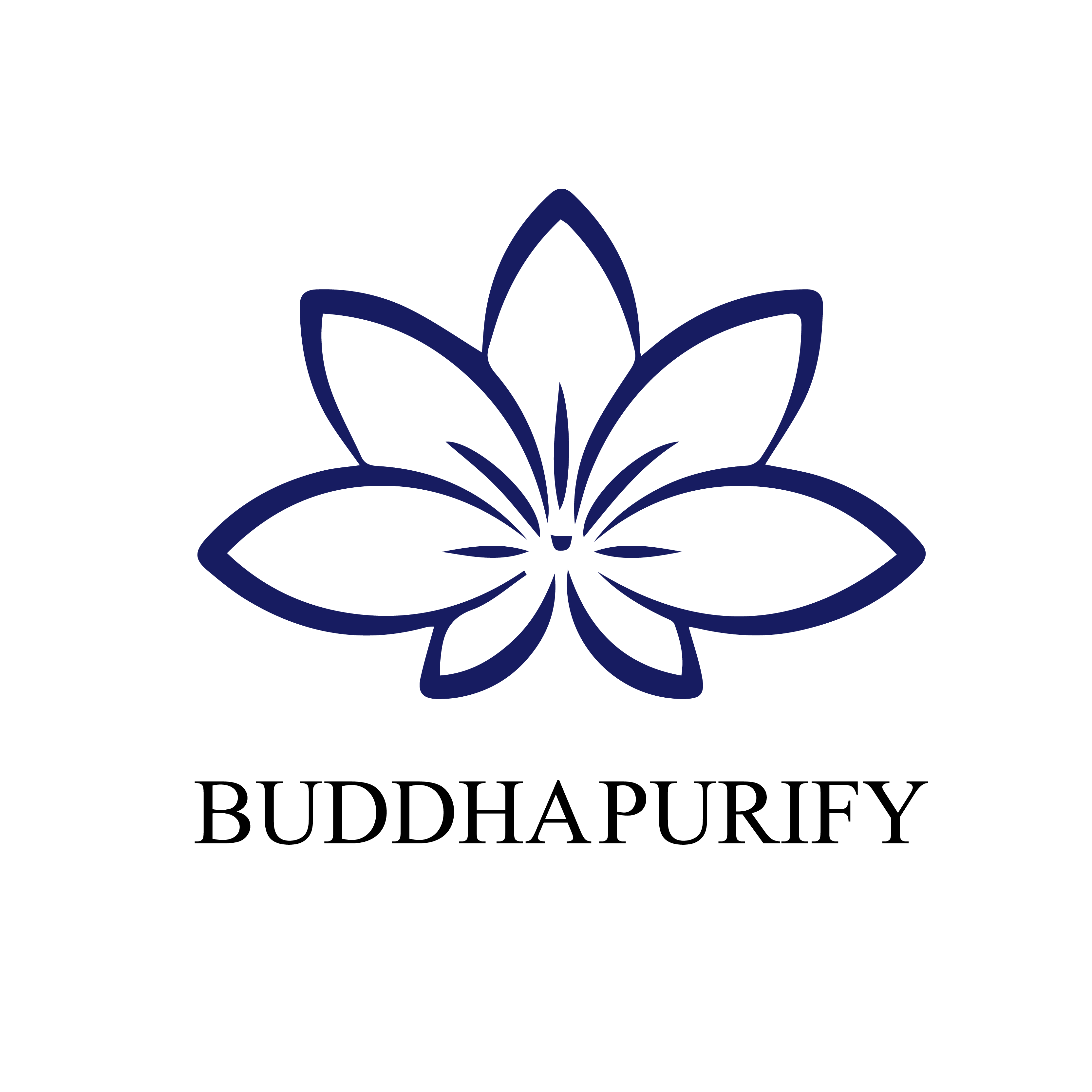The Four Divine Beasts: Celestial Guardians and Star Worship in Ancient China
The Four Divine Beasts
Legendary Creatures of Ancient China
The Four Divine Beasts, known today as the Azure Dragon, White Tiger, Vermilion Bird, and Black Tortoise, are often referred to in modern times as divine beasts, though they are actually considered deities in ancient traditions. In the past, they were called the Four Symbols or the Four Sacred Beings, and they are a product of ancient star worship. These beings were integrated into the Five Elements and directions, each represented by a different color: the east is green (wood), the west is white (metal), the south is red (fire), the north is black (water), and the center is yellow (earth). According to the Huainanzi, the Yellow Dragon, one of the Five Dragons, presides in the center and is the leader of the Four Beasts.
A famous ancient saying goes: "Left is the Azure Dragon, right is the White Tiger, front is the Vermilion Bird, and back is the Black Tortoise." This indicates an understanding of celestial patterns from observing the order of the sun and moon.
Ancient Chinese astronomy divided the sky into the "Three Enclosures" and the "Four Symbols" — seven major celestial divisions. The term "enclosure" refers to the concept of "city walls." The Three Enclosures surround the North Star in a triangular formation, and beyond them lie the Four Symbols: "the Azure Dragon of the East, the White Tiger of the West, the Vermilion Bird of the South, and the Black Tortoise of the North." In the sky, the eastern constellations resemble a dragon, the western ones resemble a tiger, the southern ones resemble a bird, and the northern ones resemble a tortoise and snake. Due to Earth's orbit around the Sun, these star patterns change with the seasons.
During the transition from winter to spring, the Azure Dragon appears in the evening; from spring to summer, the Vermilion Bird rises; from summer to autumn, the White Tiger emerges; and from autumn to winter, the Black Tortoise rises, together referred to as the "Four Divine Beasts."
The Four Beasts also correspond to the Six Beasts in the divinatory system of the I Ching, known as the Six Gods. These include the Azure Dragon, Vermilion Bird, Hooked Snake, Rising Snake, White Tiger, and Black Tortoise, reflecting information about the hexagrams, five elements, and directions.
These divine beasts are also linked to the twelve traditional Chinese time periods, with the Azure Dragon associated with auspicious hours, while the White Tiger, Vermilion Bird, and Black Tortoise are associated with inauspicious ones.
Origin
In ancient times, Chinese people gazed at the zodiac band of the sky and divided it into various regions known as the Twenty-Eight Mansions. These were linked to the seasons and directions, each mansion representing one of the Four Symbols. Seven stars in each direction formed the shapes of the divine creatures. For instance, the Azure Dragon of the East consists of seven stars: Horn, Kang, Di, Fang, Xin, Wei, and Ji. Similarly, the White Tiger of the West is made up of stars like Kui, Lou, and others.
Each of these symbols not only represents a specific direction but also has functions in balancing yin and yang, warding off evil, and ensuring harmony. Over time, Daoism embraced these symbols, which became personalized and gained titles such as the Azure Dragon's "Meng Zhang Shen Jun" and the White Tiger's "Jian Bing Shen Jun."
Azure Dragon
Origin
The Azure Dragon originates from ancient star worship. It represents the eastern stars in the sky, known for their dragon-like formation. As the Earth moves, this constellation appears during the transition from winter to spring. Each part of the dragon is represented by a star, with the Dragon's Heart (Xin) known as a marker for weather changes. The Azure Dragon, associated with the wood element, is also tied to the year’s Jupiter star.
Distinction
The dragon in Chinese culture is a species that can reproduce and die, but the Azure Dragon is a unique, immortal being with no gender, representing the guardian deity of the East. It differs from the traditional dragon, which serves as a cultural totem.
White Tiger
Origin
The White Tiger, a symbol of war and ferocity, also originates from ancient star worship. It represents the western constellations and is associated with metal, symbolizing autumn and protection. The White Tiger not only guards against evil but also brings prosperity and justice.
In Daoist traditions, the White Tiger is a vital symbol, often appearing in temple decorations or on banners. Its symbolism also extends to martial arts and military strategies.
Vermilion Bird
Introduction
The Vermilion Bird, another of the Four Symbols, represents the south, summer, and the fire element. Its constellation consists of seven stars and is known for its fiery red color. The bird is often considered a divine figure of rebirth and is closely linked to the summer season.
Black Tortoise
Origin
The Black Tortoise is a combination of a tortoise and snake and symbolizes the north and the water element. In ancient myths, the Black Tortoise is linked to long life and protection, often appearing on noble attire and jade artifacts.
It is also considered a deity of fertility and life cycles, often associated with winter and the preservation of life.
Brand Introduction: BuddhaPurify
BuddhaPurify is a brand deeply rooted in the rich heritage of Chinese traditional culture and Buddhist practices. Our mission is to offer a unique blend of ancient wisdom and modern elegance through our products, which are designed to enhance spiritual well-being, personal growth, and holistic health.
Foundation and Philosophy
Inspired by the timeless teachings of Buddhism and the profound traditions of Chinese culture, BuddhaPurify is dedicated to providing products that reflect the serene and enlightened aspects of these ancient philosophies. Our brand is built on the principles of mindfulness, purity, and spiritual harmony, aiming to bring balance and tranquility to our customers' lives.
Cultural Enrichment
We believe in the power of cultural enrichment and strive to educate and inspire our customers through the stories and meanings behind our products. Our brand seeks to bridge the gap between traditional spiritual practices and contemporary life, offering products that resonate with both ancient wisdom and modern sensibilities.
Conclusion
BuddhaPurify is more than just a brand; it is a journey into the heart of Chinese traditional culture and Buddhist spirituality. Through our thoughtfully curated products, we aim to support your quest for inner peace, spiritual growth, and a balanced life. Explore our collection and experience the harmonious blend of tradition and tranquility that defines BuddhaPurify.





